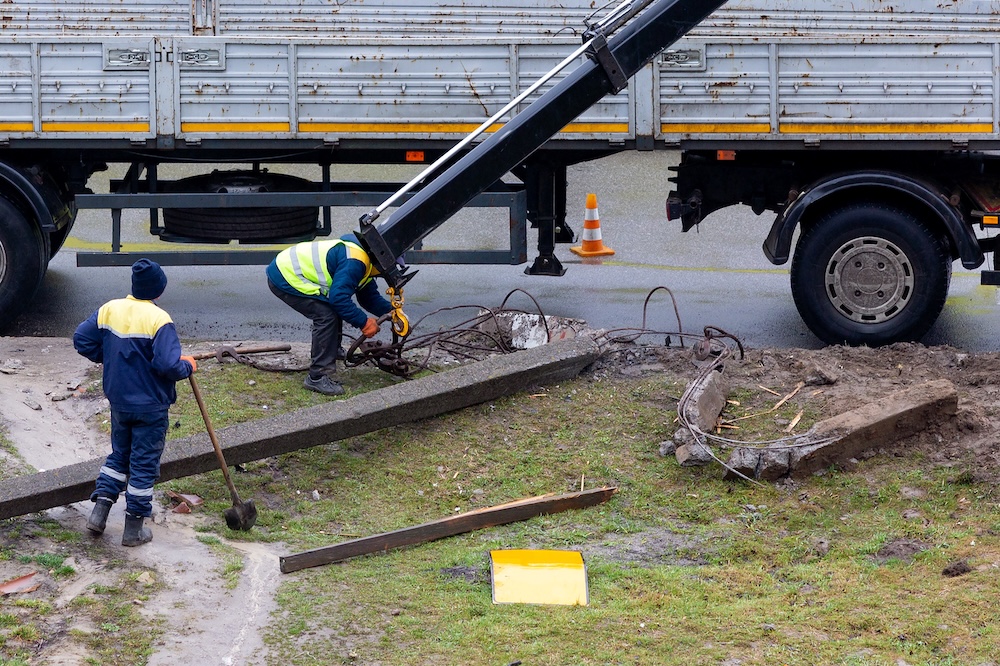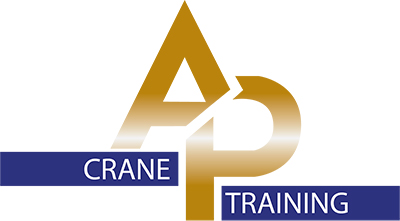
Crane accidents are among the most severe and complex incidents within the construction and heavy-lifting industries, particularly in California, where high construction demands make safety protocols even more critical. Understanding the history of crane accidents in California and the safety lessons learned from these events provides valuable insights for construction companies, operators, and training providers alike. Our goal here is to break down the causes, analyze key insights, and share best practices to prevent future incidents. This article offers a comprehensive look at crane safety, aimed at creating a safer work environment for all industry professionals.
1. The Evolution of Crane Safety in California
The history of crane operations in California dates back to the early 20th century, as skyscrapers began to reshape the skyline of cities like Los Angeles and San Francisco. Cranes became essential tools, but with increased usage came greater risk. Accidents began to rise as companies pushed for rapid project completions. This led to critical developments in both legislation and safety standards, with organizations like Cal/OSHA (California Occupational Safety and Health Administration) stepping in to enforce rigorous safety standards specifically tailored for crane operations.
2. Notable Crane Accidents in California: Lessons Learned
A. The San Francisco Tower Collapse (2008)
One of the most severe crane accidents in California occurred in 2008 during the construction of a high-rise tower in San Francisco. A crane collapsed due to a combination of structural failure and improper setup, resulting in fatalities and injuries. This incident served as a major turning point, leading Cal/OSHA to implement stricter inspection protocols and emphasize the importance of certified operators.
B. The Long Beach Port Incident (2014)
In 2014, a crane operator at the Port of Long Beach suffered a serious accident due to an overloaded crane, which resulted in a massive structural collapse. The accident investigation revealed that safety protocols were not followed, highlighting the need for better load management systems.
C. The Los Angeles Building Mishap (2019)
Another significant accident took place in Los Angeles in 2019, where a crane operator misjudged the crane’s swing radius, causing the crane to strike a nearby building. This incident underscored the need for greater spatial awareness and precise maneuvering during crane operations in urban areas.
3. Common Causes of Crane Accidents in California
- Lack of Adequate Training: Many accidents can be traced to operator errors. Comprehensive crane operator training, including certifications from accredited programs, is essential.
- Improper Maintenance: Routine inspections and regular maintenance of cranes are critical. When neglected, cranes become susceptible to structural and mechanical failures.
- Overloading: Many accidents result from exceeding a crane’s load capacity. Using load-monitoring technology and following strict load calculation methods can significantly reduce these risks.
- Environmental Factors: Strong winds, rain, and seismic activity unique to California’s landscape make crane operation even riskier. Operators must be trained to assess weather and environmental conditions before beginning operations.
4. Modern Safety Standards and Technological Innovations
Advanced Safety Training Programs
Modern training programs incorporate both traditional training and simulation-based exercises to prepare operators for real-life challenges. Using virtual reality (VR) and augmented reality (AR) technologies, operators can learn to manage complex situations safely.
Smart Cranes and Monitoring Systems
Smart cranes equipped with sensors, GPS tracking, and digital monitoring systems allow operators to assess load, height, and environmental conditions in real-time. This technology helps prevent overloading and enables operators to identify potential safety risks before they become hazards.
Rigorous Inspection Standards
California has established stringent inspection guidelines, requiring frequent checks for crane machinery and certification renewals for operators. Annual inspections, in particular, ensure that cranes meet the highest safety standards.
5. How to Choose the Right Crane Training Provider
Crane safety depends on skilled, certified operators who know how to handle various challenges. Selecting a crane training provider with a history of high standards and a commitment to safety is essential. Here’s what to look for in a reliable crane training provider:
- Accreditation: Ensure the provider is accredited by respected institutions and adheres to OSHA standards.
- Experienced Instructors: The best programs have instructors with real-world crane operation experience and a strong understanding of California-specific regulations.
- Comprehensive Course Materials: Look for a provider that offers hands-on training, simulation exercises, and courses covering crane operation, rigging, and signalperson training.
- Safety-Focused Curriculum: A reputable training provider will emphasize safety practices, from load calculations to environmental hazard assessments, ensuring operators are well-prepared for any situation.
6. Creating a Culture of Safety
Beyond training and technology, fostering a culture of safety within a company is essential. Organizations must encourage employees to prioritize safety, voice concerns, and follow strict protocols.
- Regular Safety Meetings: Host safety briefings before every shift to discuss potential hazards and operational plans.
- Encourage Reporting: Employees should feel comfortable reporting unsafe conditions or equipment without fear of reprisal.
- Reward Safe Practices: Recognizing and rewarding employees for following safety protocols helps reinforce the importance of safety in the workplace.
Conclusion: Choosing Safety for a Secure Future
The history of crane accidents in California underscores the importance of safety, training, and technological advancement. While tragic, each incident provides a lesson that shapes current safety practices, ensuring safer working conditions for all involved. For companies, operators, and training providers, a commitment to safety is paramount, and only through rigorous training, regular inspections, and modern technology can we prevent future crane accidents.
When it comes to crane operation and training, choosing a provider who prioritizes safety and adheres to the highest standards is the first step toward a secure future. By working with trusted training experts, you ensure that your team is prepared, equipped, and committed to a culture of safety that extends beyond compliance, making California’s worksites safer one lift at a time.

Leave a Reply